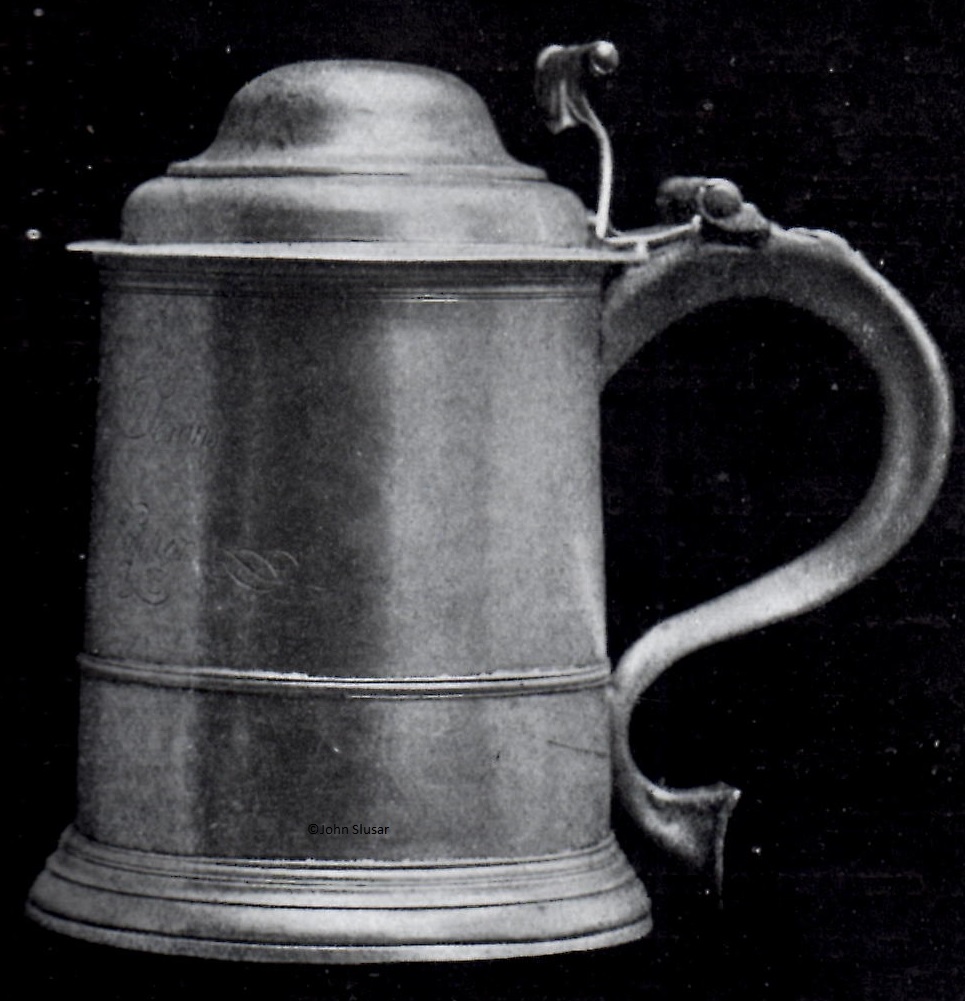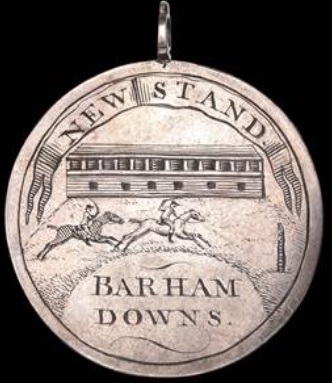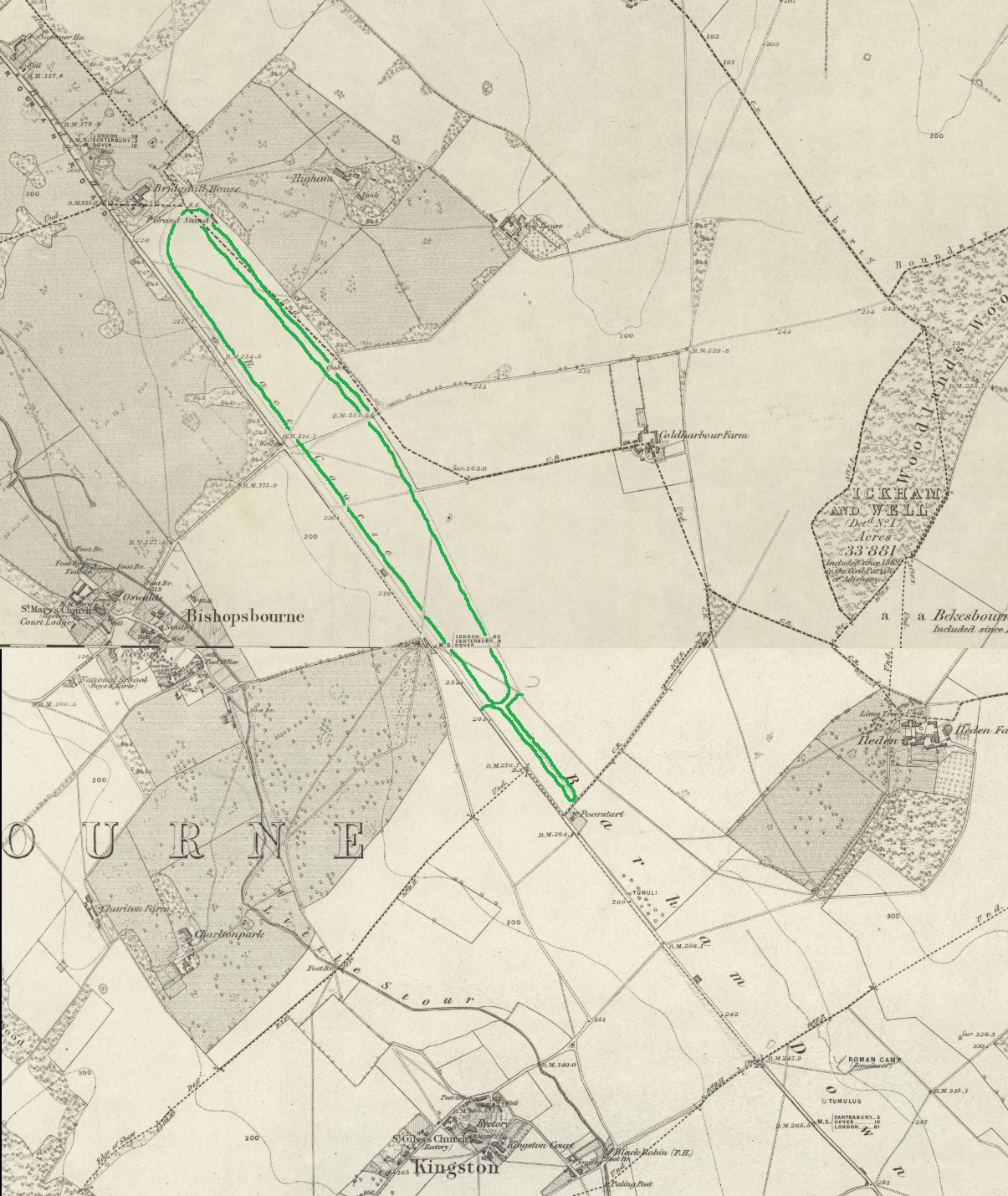Earliest meeting: Monday 22nd March 1708
Final meeting: Wednesday 20th August 1879
The Kent village of Barham lies 7 miles north of Folkestone and a similar distance south-east of Canterbury. It was mentioned in the Doomsday Book and has had various names through the centuries, including Bioraham in 799 derived from Biora (Saxon Chief) and Ham (Homestead), Beoraham in 805, Berham in 1086 and Barham from 1610. Today it boasts a population of barely 1000, but situated to the north of the village is Barham Downs where racing took place in the very early days of the 18th century. The first mention of a race meeting was made in the ‘Post Man and Historical Accounts of 11 – 13th March 1708’ when it stated "On Monday Week a Galloway Plate of 10 guineas value at least, will be run for on Barnham Down Course, near Canterbury, the best of 3 heats by any Horse, Mare or Gelding, not exceeding 14 hands in height, nine stone in weight, the highest to give and take under that size. The Horses are to be shewn (sic), and entered that day seven-night before, at the Bowling Green House on Bridge Hill adjoining to the said Course, and to stand at Canterbury or within 3 Miles of the Course till the day of running. The Owner of every Horse, Mare or Gelding not a subscriber is to pay a Guinea and a half entrance, the winning Galloway to be sold for 20 pounds." Reference to Canterbury races was made by Baily’s Racing Register in the early 1700s, and is covered in a separate section of this edition, but some racing references differentiate between Canterbury and Barham Downs. The racecourse on the Downs was to the north of Bishopsbourne and in the early days extended from Highland Court to Ileden. Later the course was shortened to 2 miles, meaning that in staying races the horses could start near the stands and go back on themselves for a distance until reaching the top turn and re-joining the straight run of a mile. There were also offshoots of the main course to cater for sprint races. The Racing Calendar of 1751 was undertaken by Reginald Heber following the death of John Cheney who had initiated the project many years earlier. He recorded that racing took place on the Downs on Tuesday 9th April 1751 for a 10 Guineas prize, donated by a Lady of the village who appointed it to be run each Easter Tuesday, and on this occasion it went to Mr Squires unnamed chestnut mare. The first occasion horses were actually named in the Calendar was on Tuesday 24th April 1753 when the sought after 10 Guineas Purse was won by Mr Crosoer’s Drudge. The cricket bat-shaped course is recorded as having a ‘commodious stand’ and patrons included Wolfgang Amadeus Mozart (27th Januray 1756 - 5th December 1791). In the early 1800s the famous steeplechase jockey Dick Christian rode at the Downs before going on to ride Polyanthus into second place behind Lottery in the first Grand National. Racing finally came to an end on the Downs on Wednesday 20th August 1879.
Friday 9th April 1751
Barham Downs 10 Guineas Prize
Unnamed Chestnut mare owned by Mr Squires
Unnamed Chestnut gelding owned by Mr Cole
Unnamed Brown gelding owned by Mr Wotten

The tankard shown opposite was awarded to Mr Edward Thompson, owner of Grasshopper which won the Barham Downs Plate in 1738. The tankard is inscribed with:-
BARHAM DOWNS PLATE
Won by Grasshopper 1738
On the Handle is L
..………………I * R

Barham Downs Annual 10 Guineas Purse
1. Drudge, bay horse owned by Mr Crosoer
2. Blooming Fanny, bay mare owned by Mr Pratt
3. Old Steady, bay gelding owned by Mr Ricket

A two mile course to the north of the Downs near Bishopsbourne.
Much of the information about this course has been found using internet research and is in the public domain. However, useful research sources have been:-
London Illustrated News
Racing Illustrated 1895-1899
The Sporting & Dramatic Illustrated
Northern Turf History Volumes 1-4 by J.Fairfax-Blakeborough
The Sporting Magazine
A Long Time Gone by Chris Pitt first published in 1996 ISBN 0 900599 89 8
Racing Calendars which were first published in 1727



